Choosing the Right Therapy: Osteopathy vs Chiropractic vs Physiotherapy
Differences Between Osteopathy, Chiropractic, and Physiotherapy
When seeking treatment for musculoskeletal pain or injury, it can be challenging to choose between osteopathy, chiropractic, and physiotherapy. While all three disciplines aim to improve your health and alleviate pain, they each have unique approaches and techniques. Understanding these differences can help you make an informed decision about which therapy is best suited to your needs.
Osteopathy
Philosophy and Approach:
Osteopathy is a holistic form of manual therapy that focuses on the interrelationship between the body's structure and function. Osteopaths believe that the body's systems are interconnected and that issues in one area can affect overall health.
The practice emphasises the body's ability to heal itself and aims to support this natural process through manual techniques.
Techniques:
Osteopaths use a variety of hands-on techniques, including soft tissue massage, joint articulation, and manipulation, as well as myofascial release and exercise rehabilitation.
They also provide lifestyle advice and ergonomic tips to promote overall health and well-being.
Common Conditions Treated:
Osteopathy is commonly used to treat conditions such as back pain, neck pain, headaches, joint pain, and sports injuries.
It is also used for managing chronic conditions and promoting general wellness.
Chiropractic
Philosophy and Approach:
Chiropractic care focuses primarily on the diagnosis and treatment of mechanical disorders of the spine and musculoskeletal system, with an emphasis on spinal alignment.
Chiropractors believe that proper alignment of the spine is essential for the nervous system to function optimally and for the body to heal itself.
Techniques:
The primary technique used by chiropractors is spinal manipulation or adjustment, which involves applying controlled force to specific joints to improve alignment and mobility.
Chiropractors may also use other techniques, such as soft tissue therapy, exercise prescription, and lifestyle advice.
Common Conditions Treated:
Chiropractic care is most commonly sought for back pain, neck pain, and headaches, particularly those related to spinal issues.
Physiotherapy
Philosophy and Approach:
Physiotherapy (or physical therapy) focuses on restoring and maintaining physical function and movement. Physiotherapists aim to enhance mobility, strength, and overall function through targeted exercises and manual therapy.
The approach is often evidence-based, using scientific research to guide treatment plans.
Techniques:
Physiotherapists use a range of techniques, including exercise therapy, manual therapy, electrotherapy, and education about movement and posture.
They may also incorporate equipment such as resistance bands, weights, and exercise machines to assist with rehabilitation.
Common Conditions Treated:
Physiotherapy is used to treat a wide range of conditions, including musculoskeletal injuries, post-surgical rehabilitation, neurological conditions (such as stroke), and chronic diseases.
It is also widely used in sports rehabilitation and to improve general fitness and prevent injuries.
Conclusion
While osteopathy, chiropractic, and physiotherapy share some similarities in their goals of reducing pain and improving function, they differ significantly in their philosophies and techniques. Osteopathy offers a more holistic approach with a broad focus on overall health and helping with pain, chiropractic care emphasises spinal alignment and its impact on the nervous system, and physiotherapy focuses on restoring physical function through exercise and rehabilitation.
When choosing a therapy, consider your specific health needs and preferences. Consulting with healthcare professionals from each discipline can provide further insight into which approach might be most beneficial for you. Regardless of the choice, all three therapies aim to enhance your well-being and help you lead a healthier, pain-free life.

